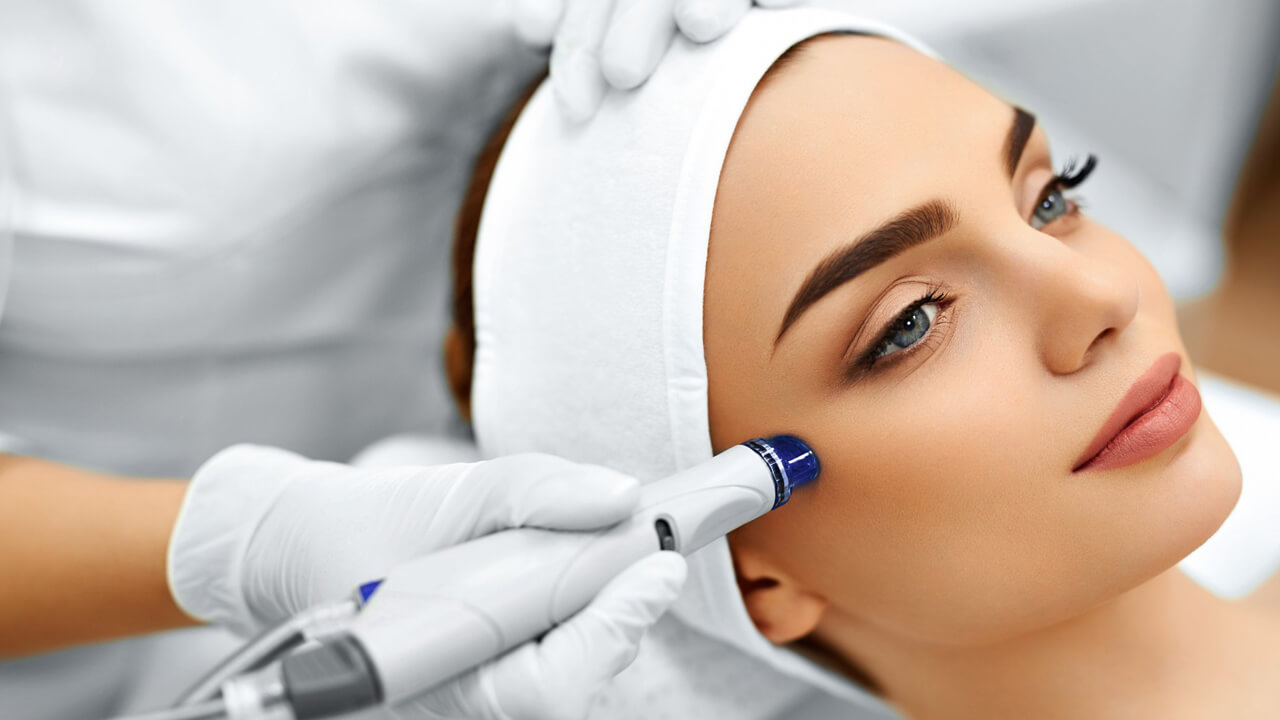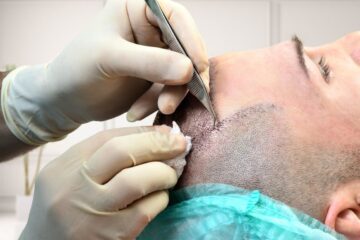Face aesthetic operations removes excess loose or saggy skin, giving patients a more youthful appearance.
These procedures won’t stop ageing but will ensure a more youthfull appearance. The aging clock is moved backwards but continues to work.
Surgical procedures that remove the signs of ageing caused by advanced age or other reasons form facelift aesthetics. The aim of facelift aesthetics is for the patient to have a natural and youthfull face.
Facelift
Reasons to Have a Facelift
Facelift aesthetics are made up of removing loose skin caused by ageing by making incisions in suitable areas, tautening the face by pulling the skin backwards and upwards, and then removing the excess skin before stiches are used. As with any operation, facelifts have some important catches. One of them is protecting the facial nerve which is responsible for facial gestures. This nerve branches out into thinner nerves in both cheeks under the skin
Things to Pay Attention to Pre-Surgery
It is necessary to have good general health and be psychologically prepared for the operation as well as having realistic expectations. During the examination, the patient’s use of alcohol, cigarette and other harmful substances, hypertension, problems such as cardiocascular and liver illnesses are evaluated by the aesthetic surgeon if they exist. Planning for the operation is done taking into consideration the patient’s skin tissue, bone structure, amount and prevailence of fat and the degree of sagging according to the degree of deformation of the patient’s face and neck. Eyelid aesthetic procedures can be performed at the same time.
Furthermore, fat injections and forehead lifts can be performed at the same time. It will be necessary to stop using anticoagulants (blood thinners) such as aspirin, ginkobiloba and vitamin E at least a week prior to the procedure.
Age Range
It is an operation that is suitable for those approximately 40 years of age and above and those of a younger age who have sagging skin, fatty deposits and folds on their necks, face and around their lips.
Type of Anaesthetic and Length of Procedure
Operations are performed under general anaesthetic in a hospital environment. The operation lasts between 2-4 hours. Two drainage tubes are inserted into the area operated on at the end of the operation and which are removed after 24-36 hours. The paitent leaves the hospital in a face corset which should be worn for a week.
Recovery Period
Stiches are removed 6 days after the operation and swelling begins to subside. New skin tissue is stimulated with a special massage technique. Any pain will not be enough to cause serious discomfort and can be managed with painkillers. Swelling and bruising quickly begin to subside and disappear within 2 weeks. It takes approximately 4-6 months for the skin to completely settle. While some people feel the need to repeat the operation after 7-15 years, most won’t require and second procedure.
Things to Pay Attention to Post-Surgery
- It is necessary to protect the face from physical factors. It is also necessary to refrain from making too many facial movements during the recovery period.
- It may be necessary to use painkillers regularly while recovering.
- Try to wear clothing that can be worn and taken off without the face being touched.
- It is absolutely necessary to refrain from smoking for 1 month following the operation. Cigarettes affect blood circulation in the face’s capillary veins as it clogs the body’s capillary veins, slowing the recovery process.





Tour Reviews
There are no reviews yet.
Leave a Review